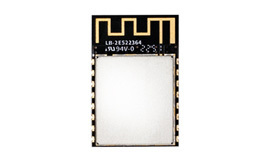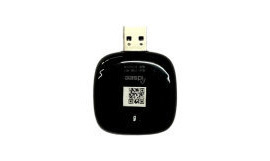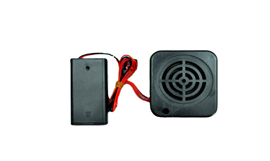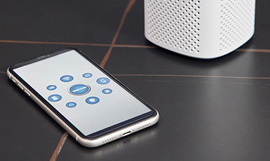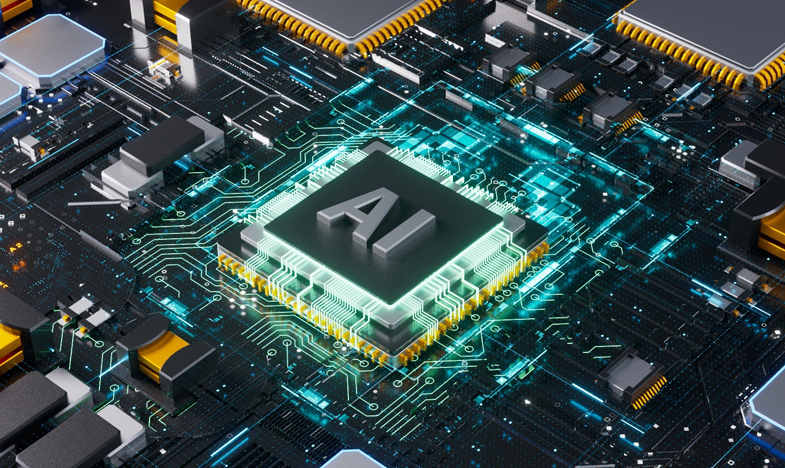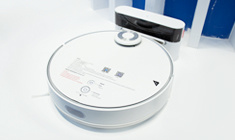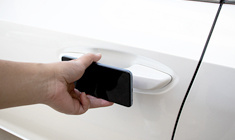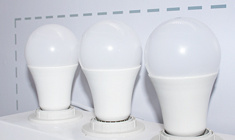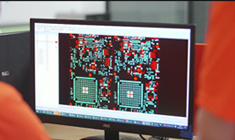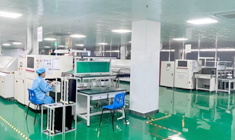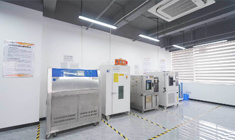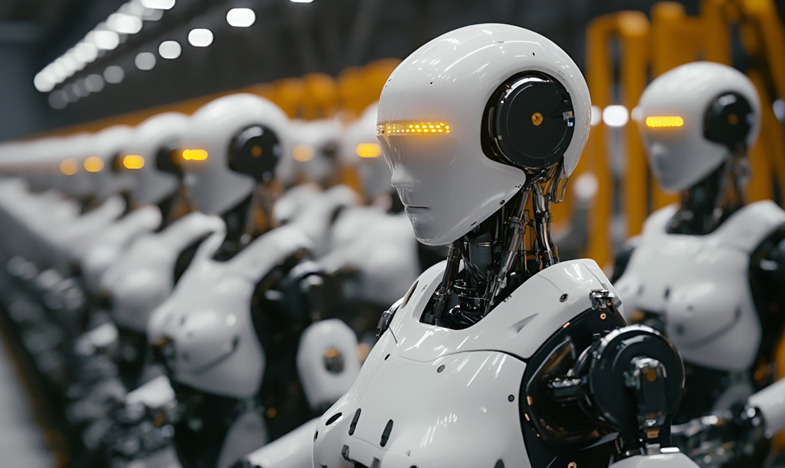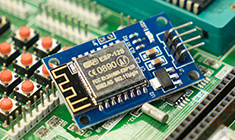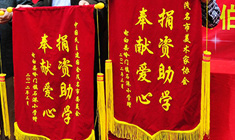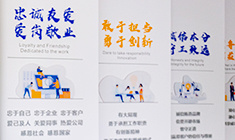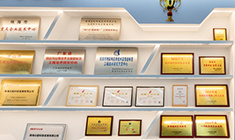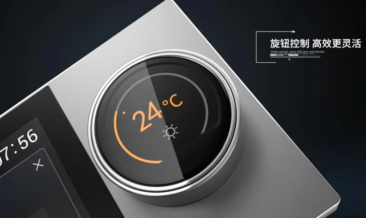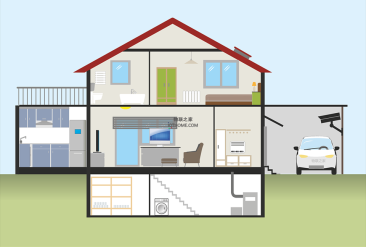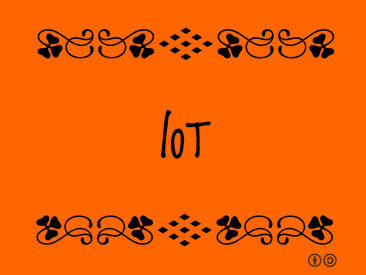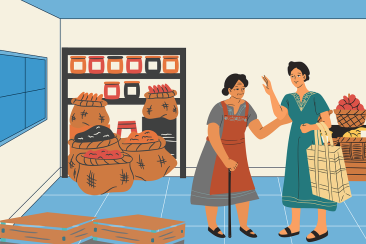
Battery-free Internet of Things: These tiny printable computers draw power from radio waves
Release Time:
2021-01-21
Imagine a printable computer the size of a postage stamp with RAM , ROM , on-board sensors, certified bluetooth, ARM CPU , flash memory and secure communications, it requires no batteries and gets all it needs from surrounding radio waves energy of.It costs, literally, pennies.This is not science fi
Imagine a printable computer the size of a postage stamp with RAM , ROM , on-board sensors, certified bluetooth, ARM CPU , flash memory and secure communications, it requires no batteries and gets all it needs from surrounding radio waves energy of.
It costs, literally, pennies.
This is not science fiction. This is the Wiliot Bluetooth Tag, and it could be the future of the Internet of Things.
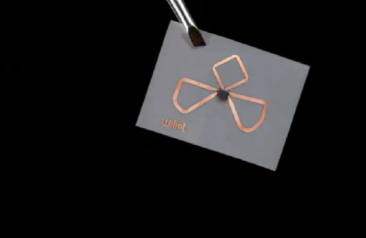
The Wiliot chip is a battery-free IoT chip with an ARM -based computer, sensors and Bluetooth inside.
" We 're building a computer the size of a postage stamp that harvests radio frequency energy to power itself," said Stephen Statler, senior vice president at Wiliot . Take advantage of it, and that's what we're doing. These computers that look like tabs are actually three core ARM processors with RAM , ROM , flash memory, secure communications. It's basically a chip glued on a few antenna. "
It's not entirely scientific fact either.
Such a chip exists, and it does exactly what Statler says it does. But it currently costs " less than a dollar . " The second edition will be available in 2021 for 10 to 50 cents, while the third edition will be " down to the single-digit pennies, " Statler said .
Current cost aside, the Wiliot IoT Tag is a marvel of craftsmanship. On a tiny printable label, there's a milliwatt-class ARM processor that contains all the parts associated with a computer: RAM and ROM memory, CPU , custom operating system, and input / output. Inputs come from onboard sensors—temperature, motion, and even chemical changes—and the output is encrypted Bluetooth-based communication that can be read by any Bluetooth-enabled smartphone.
But there are no batteries, and no onboard power generation.
Instead, the Wiliot IoT Tag captures surrounding radio waves and uses them to power a tiny computer for extremely short periods of time. In other words, when this small, almost microscopic computer works, it runs for about a second at a time.
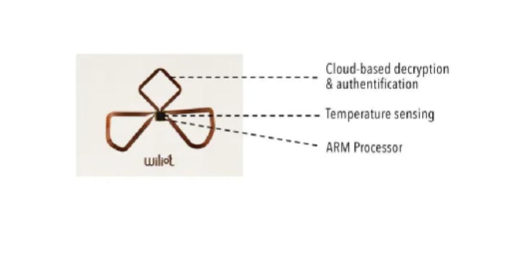
A battery-free Wiliot printable computer with onboard sensors and an ARM processor.
" We're surrounded by this ocean of energy," Statler said . "We've got FM radio, we've got digital radio, we've got TV. There's also a variety of cell phone signals: 3G , 5G... all using all loads of different bandwidths. There's also Wi-Fi . -Fi , ZigBee to control the lights . Some of Amazon’s cameras and doorbells now use a technology called LoRa , which runs at 900MHz . ”
Of course, all these signals are weak. What Wiliot does is capture these very faint signals, " absorb " them into a chip, and run a computer. Because there is no battery, the tags are smaller, greener, and cheaper.
But best of all, no batteries means never having to replace them.
That means customers can embed IoT tags into anything they want: components, products, clothing, packaging ... all at low cost and without maintenance, Statler said.
This opens up many possibilities:
Tracking the location and temperature of medications ( e.g. COVID-19 vaccines must be kept below a certain temperature )
· Ensure that the food will not be affected by overheating
· Check the level of liquid in the container
· Check the consistency or dilution of the liquid
· Sensing circuit disconnection or disconnection
All of this perception is actually done neatly in the cloud. The chip can sense chemical changes in the liquid's consistency by reporting changes in radio signal properties to the cloud, where cloud analytics can interpret those changes and report what actually happened. Similarly, there are no thermometers on the chip, and raw sensors that detect temperature changes occur only locally. Instead, cloud-based code interprets environmental changes.
It will be a game changer when the technology is available at your fingertips for pennies. But it's not just the cost of the tags that is a game-changer, but also the cost of the sensing infrastructure.
Obviously, traditional RFID tags require expensive sensing technology.
" They tend to have very expensive infrastructure, costing tens of thousands of dollars compared to the cost of a cell phone or other Bluetooth device," Statler said . "The cost of a Wiliot tag is the cost of the infrastructure, so it's much lower. "
Reducing costs is key to IoT adoption. The industry has already brought the cost of a basic IoT sensor down to around 40 cents, about a third of what it was in 2004 . But it is also important to reduce infrastructure costs and avoid hidden costs such as high mobile communication fees.
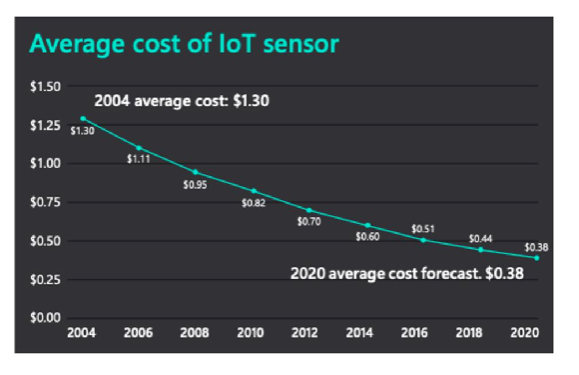
The average cost of an IoT sensor, according to Microsoft.
Wiliot plans to bring its tag prices down to this level, but RFID tag costs will continue to drop as well. The core difference will be the additional functionality provided by the microcomputer Wiliot on its sensors.
That's exactly what Statler wants to do.
This includes both supply and demand chains, and by knowing exactly where every component of every product is in real time and scheduling production processes to near perfection, businesses can reduce idle time by 20-30 % globally . Global potential savings are in the hundreds of billions of dollars.
This also includes authenticating and managing personally owned assets, such as clothing. This is where the chip's ability to securely encrypt communications becomes important.
Statler said: " I paid a lot of money for this watch or this suit, and I want to know that it is really a Calvin Klein suit, so the chip has to be anti-counterfeiting. And, if the product in the store It’s connected, so why do we even need a cash register, why don’t we just walk out of the store with it and take it home ?”
Of course, it's not just the initial purchase. If someone wants to resell an item, the chip can also prove its authenticity. Users can also provide buyers with an item's digital history, including age and wear information.
Encryption of chips is important for both corporate and personal security.
IoT is one of the biggest risk factors for cybersecurity. " Even if the chance of a single device being attacked by a virus is small, the introduction of a large number of IoT devices by an enterprise can pose a significant security risk, " said antivirus solution provider Avast .
" The Internet of Things is great in many ways, but unfortunately the technology is not yet mature enough, nor is it fully secure, " said development firm IntellectSoft .
However, if done right, it will bring previously unimaginable growth opportunities.
“ That’s where the circular economy comes in ,” Statler said. “With it, for example, you can free up space in your closet, and you have a washing machine that tells you, ‘ Oh, I know this product, I know this product. serial number, knowing how to take care of it, I can adjust the wash settings and even recognize when a user puts a red shirt and a white shirt in the washer at the same time.' ”
The same goes for product recycling: the products to be recycled can themselves tell the recycler what they are. This will allow for more efficient use and recycling of valuable resources.
For now, these are things of the future. Wiliot has raised $ 30 million from investors including Amazon, Samsung, Qualcomm and RFID giant Avery Dennison to make this vision a reality. But there is still a lot to do to fully realize this vision.
This is indeed a grand vision.
" It's a world where everything is connected, and we can have a cleaner planet by making less stuff, which lasts longer and is of better quality, " Statler said.
Reprinted from RFID World Network

Guangdong Joinet IOT Technology Co.,Ltd
Manufacturing Base:
Joinet Technology Park,No. 168 Tanlong North Road,Tanzhou Town,Zhongshan City,Guangdong Province,China
Pre Sales Hotline:19966308713 13823973022
Switchboard:0760-8663 0003 (transferred) 523
Pre Sales Email:sw@znaiot.com

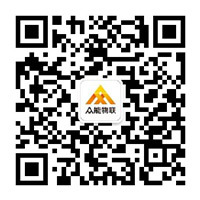
Contact Us:
Looking forward to your call anytime



